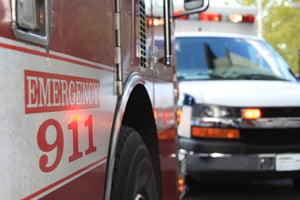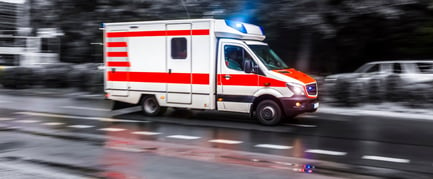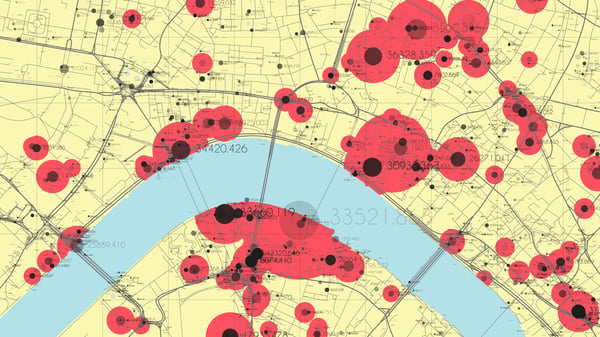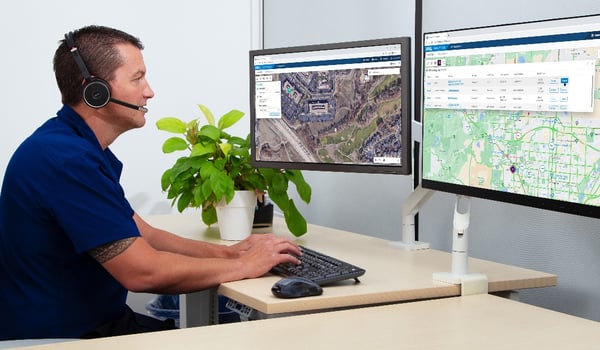4 Must-have Data Points for Dispatch-Billing Alignment and Maximum Reimbursement
Emergency Response Travel Safety
Important Initiatives for Traveling Emergency Responders by Jerome Ozog, Glatfelter Program Managers & ETC Education Specialist
Was this information valuable?

Important Initiatives for Traveling Emergency Responders
by Jerome Ozog, Glatfelter Program Managers & ETC Education Specialist
Emergency response agencies across the United States are facing increased challenges when operating on roadways. Civilian drivers who are distracted, drunk, drugged, or irresponsible are causing numerous crashes that endanger responders and their travel. A review of the website Respondersafety.com which tracks struck by incidents involving emergency responders, highway workers and towing professional operators shows that not a week goes by without another struck by incident occurring.

What can be done?
To decrease risk, aggressive multidisciplinary training must be implemented following the National Unified Goal for Traffic Incident Management.
The implementation Traffic Incident Management training (TIM) is promoted by federal, state and local agencies as a risk control method. TIM training can be conducted in the traditional classroom and include tabletop exercises or online aspects. The training promotes the following concepts:
- pre-planning and use of standard operating guidelines
- use of high visibility safety vests / clothing
- establishment of advanced warning and temporary traffic control zones
- utilization of unified commands and effective communications between all responding agencies
Pre-planning and standard operating guidelines – all agencies who respond to highway incidents should pre-plan their specific service area. Identify problem areas where speed and terrain can affect roadway safety. Identify traffic congestion areas. A standard operating guideline (SOG) is a playbook that outlines incident actions and is used as a training outline.
Use of high visibility safety vests / clothing – agencies must equip responders with an ANSI 107-compliant Class II vest, Class III Highway Safety garment, or ANSI 207 Public Safety vest. Responders are required to use this equipment when outside of the emergency vehicle on the roadway.
Advanced warning and establishment of temporary traffic control zones – the agency SOG must include establishment of pre-warning to make drivers aware of a roadway incident that is ahead of them. Advanced warning can be an “Emergency Ahead” sign or some type of electronic sign board mounted on a vehicle. The temporary traffic control zone is a planned transition area when one or more lanes are blocked by an incident. This zone includes a taper, transition area, work area and a termination area.

Unified command and effective communications between agencies is crucial for effective incident management. All agencies on a highway incident (Law Enforcement, Fire, EMS, towing, highway) have specific goals to accomplish. Understanding each other’s goals and working together will ensure safety procedures are followed and incidents are cleared as quickly as possible.
Related Posts
How EMS Agencies Can Reframe Need and Refocus Resources With Geospatial Analytics
How To Minimize Radio Chatter and Reduce Guesswork With Smarter Dispatch Resource Management
ZOLL Pulse Blog
Subscribe to our blog and receive quality content that makes your job as an EMS & fire, hospital, or AR professional easier.
ZOLL Pulse Blog
Subscribe to our blog and receive quality content that makes your job as an EMS, fire, hospital, or AR professional easier.




